If You Can Master These 5 Movements After 45, You’re Aging in Reverse
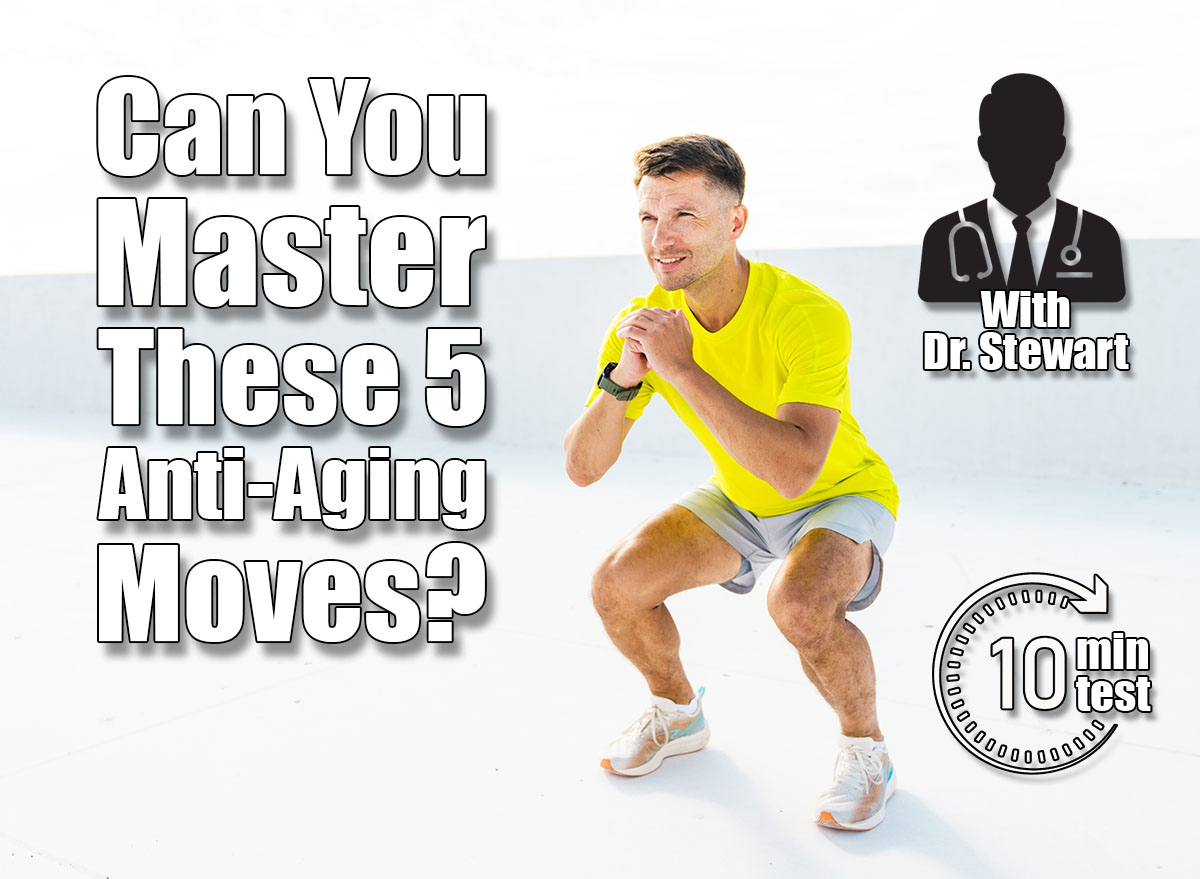
Most of us would jump at the opportunity to sip a magical elixir that made us age in reverse. But alas, a potion as such simply does not exist. Regular exercise—specifically strength training—is the next best thing to a fountain of youth. In fact, if you can master these five movements after 45, you’re aging backwards.
“Most people over 45 start noticing changes in how they move,” says Stewart Parnacott, PhD CPT, chief clinical officer at Ready Wellness. “What is noticed isn’t just that strength is going down. Coordination slips. Balance feels different. The nervous system slows. Recovery takes longer than it used to. It is little things at first. Getting up off the floor feels harder. Stairs feel heavier. Actions you did without thinking suddenly take effort.”
That’s why prioritizing bodyweight compound exercises is essential. These moves keep your body functioning properly and force it to work as one solid unit.
“[Bodyweight compound moves] make the muscles fire, but they also wake up the nervous system,” Stewart explains. “If you can squat, hinge, push, pull, and carry, life gets easier. Those are the movements that keep people independent.”
5 Exercises That Signal You’re Aging in Reverse
“If someone can do all five [exercises] well, their muscles and their nervous system are in sync,” Stewart points out. “That is what aging ‘in reverse’ really means. Strength plus coordination. Most people can build one or the other, but keeping both is the trick.”
The movements below combine body weight and weight training.
Full Squat
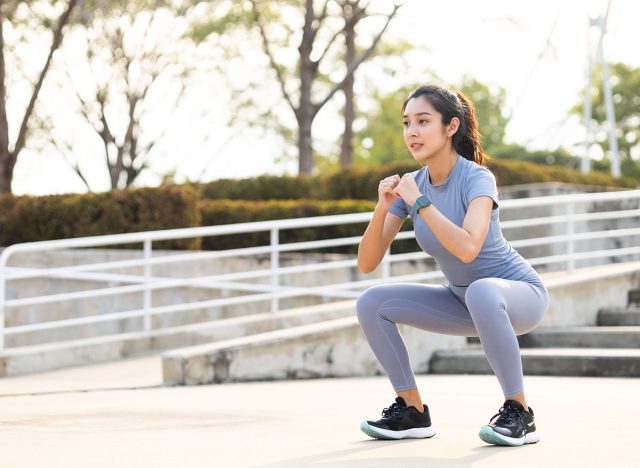
“Squats tell me how mobile and strong the lower body is,” Stewart notes. “The squat is almost always the hardest for people past 45. Tight hips, stiff ankles, weak glutes. Years of sitting. You see it right away.”
- Stand tall, feet shoulder-width apart and toes pointed slightly out.
- Keep your back straight, chest tall, and arms extended ahead of you or clasped by your chest.
- Bend your knees to lower into a squat until your thighs are parallel to the floor or lower.
- Press through your heels to return to the start position.
Pushup
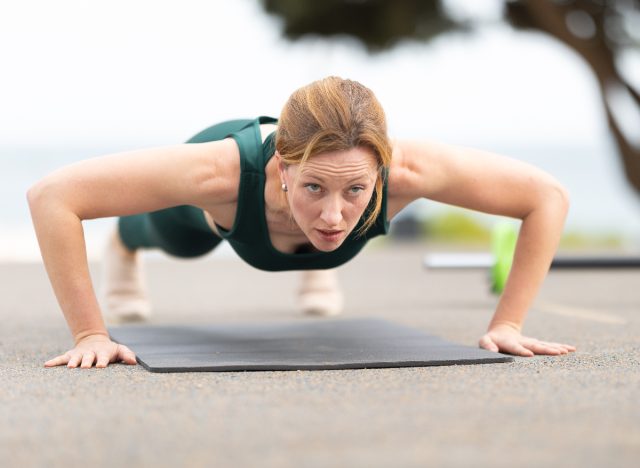
“Pushups tell me about upper body and core control,” Stewart says.
- Begin in a high plank position with your hands under your shoulders and your body straight.
- Bend your elbows and lower your chest toward the floor.
- Maintain a long, straight body as you lower.
- Press back up, straightening your arms.
Deadlift
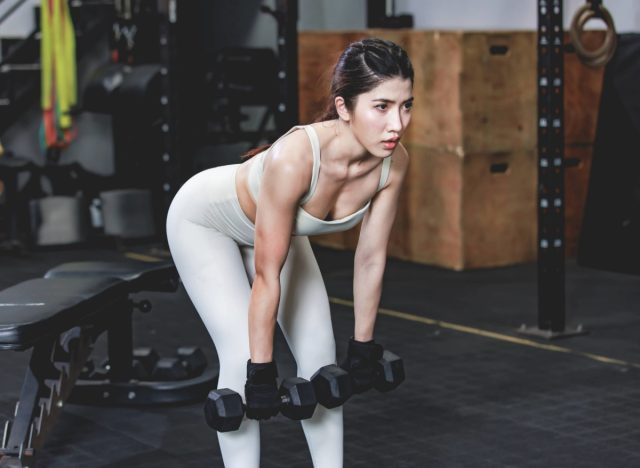
“The hinge [motion in a deadlift] shows me glutes, hamstrings, and how safe someone’s back will be,” says Stewart.
- Stand tall, feet hip-width apart, with a dumbbell in each hand.
- Bend your knees slightly and hold the weights in front of your thighs.
- Press your hips back as you lower the dumbbells down your leg. Maintain a straight back as you do so.
- Squeeze your glutes to stand up tall.
Pull-up
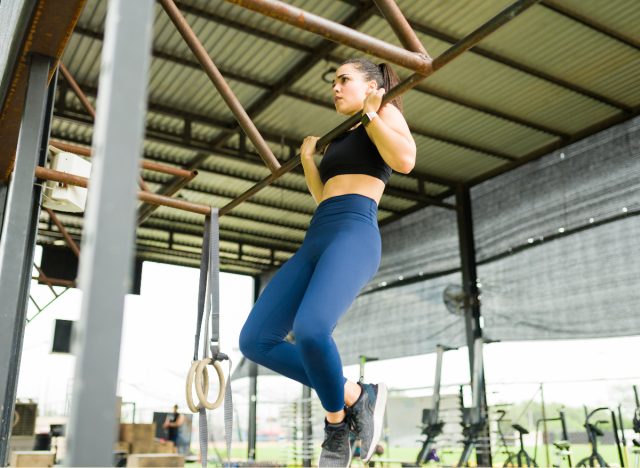
Pull-ups signal postural strength.
- Begin standing tall.
- Grab onto a pull-up bar using an overhand grip, just outside shoulder-width.
- Completely extend your arms to assume a dead hang position.
- Activate your glutes, core, and back as you pull yourself up until your chin clears the bar.
- Use control to lower back to the start position.
Farmers Walk
“Carries test grip, shoulder stability, and how well the whole body coordinates under stress,” Stewart explains.
- Hold a heavy dumbbell in each hand at your sides.
- Start walking forward.
- Your torso should be kept still while walking. Do not move your trunk as you brace your core.